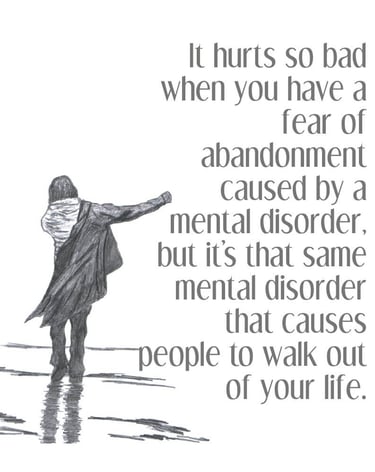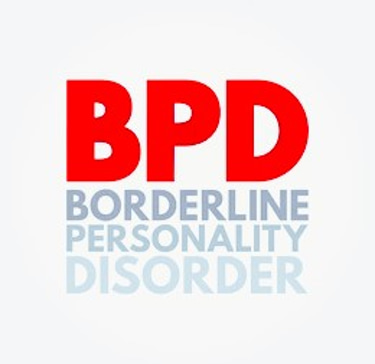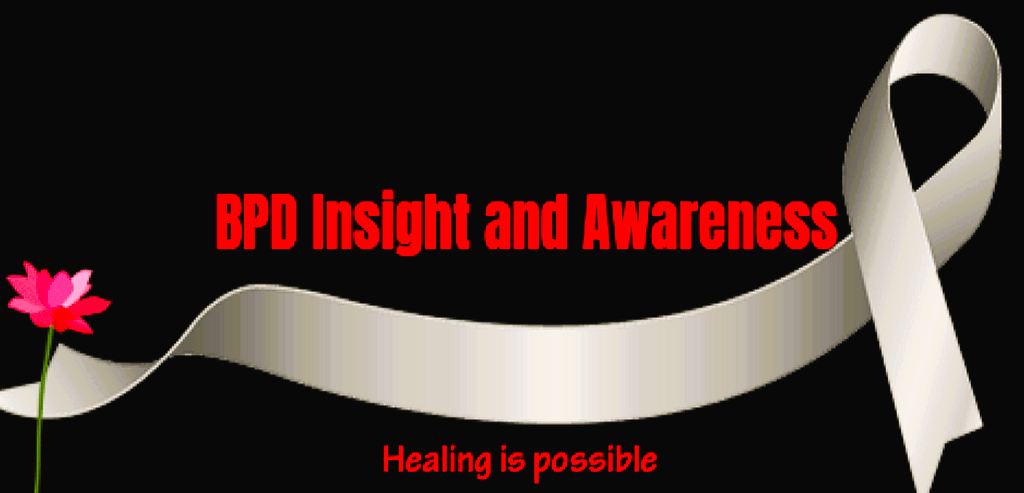Borderline Personality Disorder Insight and Awareness


What is Borderline personality disorder?
Borderline personality disorder is a mental health condition that severely impacts a person’s ability to manage their emotions. This loss of emotional control, emotional dysregulation, can increase impulsivity, affect how a person feels about themselves, and negatively impact their relationships with others.
What are the signs and symptoms of BPD?
People with borderline personality disorder may experience intense mood swings and feel uncertainty about who they are. Their feelings for others can change quickly, and swing from extreme closeness to extreme dislike.
People with borderline personality disorder also tend to view things in extremes, such as all good or all bad. Their interests and values can change quickly, and they may act impulsively or recklessly.
In addition the American Psychiatric Association establishes the following nine criteria in their diagnositc and statistical manual for a diagnosis of BPD. (5 of the 9 symptoms must be present)
1. Fear of abandonment
2. Unstable or changing relationships
3. Unstable self-image; struggles with identity or sense of self
4. Impulsive or self-damaging behaviors, i.e., reckless driving, impulsive spending, promiscuous sex, binge eating.
5. Suicidal behavior or self-injury
6. Varied or random mood swings
7. Constant feelings of worthlessness or sadness
8. Problems with anger, including frequent loss of temper or physical fights
9. Stress-related paranoia or loss of contact with reality
What causes Borderline personality disorder?






BPD is characterized in psychiatry as a personality disorder as opposed to a mental disorder. There are actually ten currently recognized personality disorders. Personality disorders can be distinguished from other psychiatric disorders in that they are long standing, pervasive, and tend to be resistant to treatment. Borderline personality disorder severely impacts a person’s ability to manage their emotions. This loss of emotional control can increase impulsivity, affect how a person feels about themselves, and negatively impact their relationships with others.
Borderline personality disorder impacts how you think, feel, behave, and identify with other people—even yourself. If you have BPD, you probably feel like you’re on a rollercoaster, not just because of your unstable emotions or relationships but also the wavering sense of who you are. Your self-image, goals, and even your likes and dislikes may change frequently in ways that feel confusing and unclear.
People with BPD tend to be extremely sensitive. Some describe it as like having an exposed nerve ending. Small things can trigger intense reactions. And once upset, you have trouble calming down. It’s easy to understand how this emotional volatility and inability to self-soothe leads to relationship turmoil and impulsive behavior.






